Joe Sharman, the 'King of Snowdrops', and the tale of the most expensive snowdrop ever sold
Joe Sharman started breeding snowdrops before anyone else and, after 10 years of meticulous work, he created the most expensive snowdrop ever sold. Today, he continues his quest for ever more curious and enchanting variations, finds John Grimshaw. Photographs by Clive Nichols.

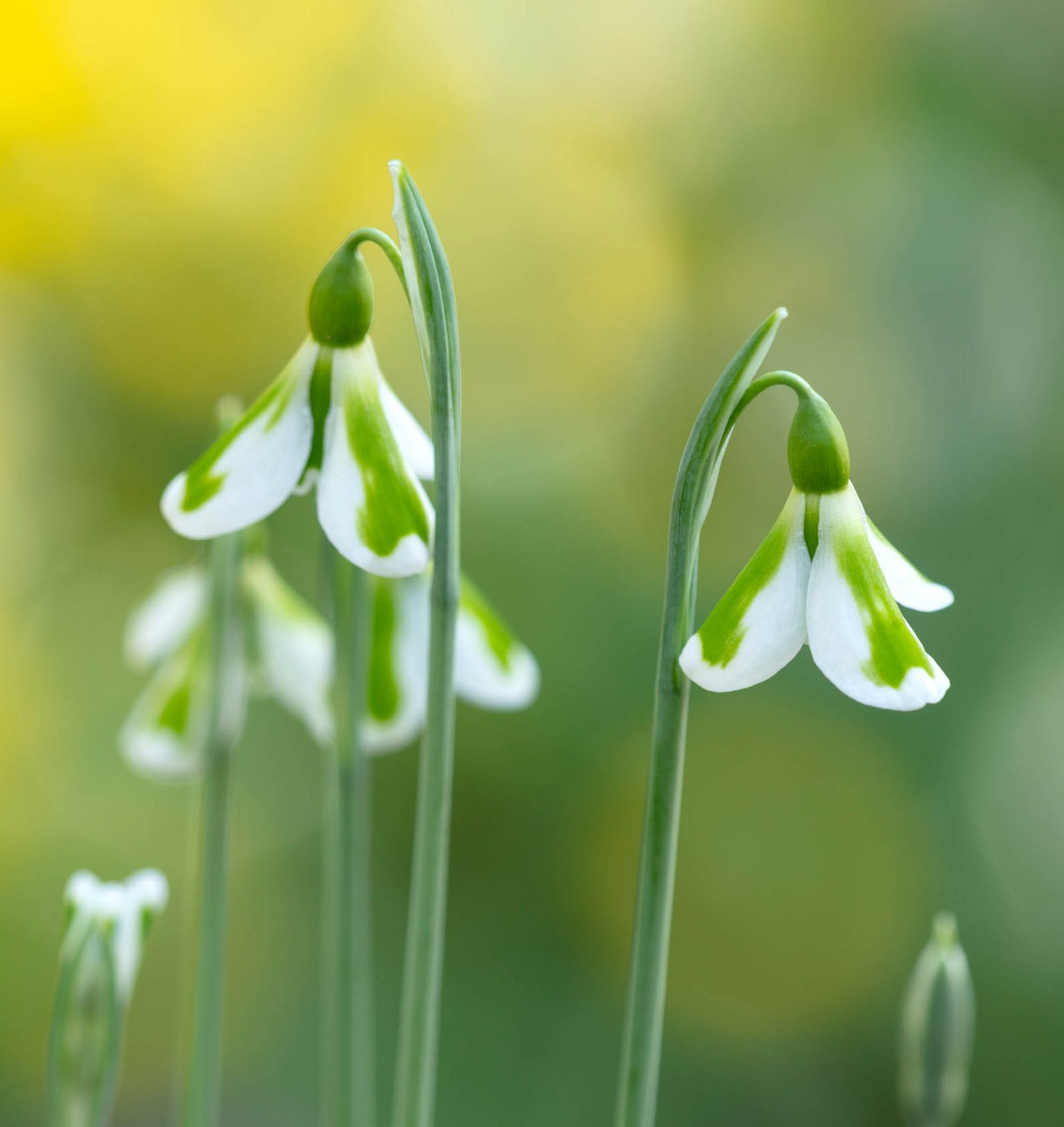
Somewhere in rural Cambridgeshire, Joe Sharman is breeding snowdrops. To most people, this statement may seem odd, but, to the core of snowdrop-lovers known as galanthophiles, it’s important information.
Mr Sharman grew up in Cambridgeshire in the 1960s and 1970s, when children were expected to entertain themselves and could set off for a day’s exploration, giving no one the slightest qualm: he recalls climbing up the middle of a hollow oak to emerge, sweep-like, at the top.
Encouraged by his grandmother and aunt, he started gardening within the family plot aged four and, when the Sharmans moved to a larger garden, he got round the limitations of his allotted space by keeping chickens in mobile runs and growing vegetables on the bare patches they created.
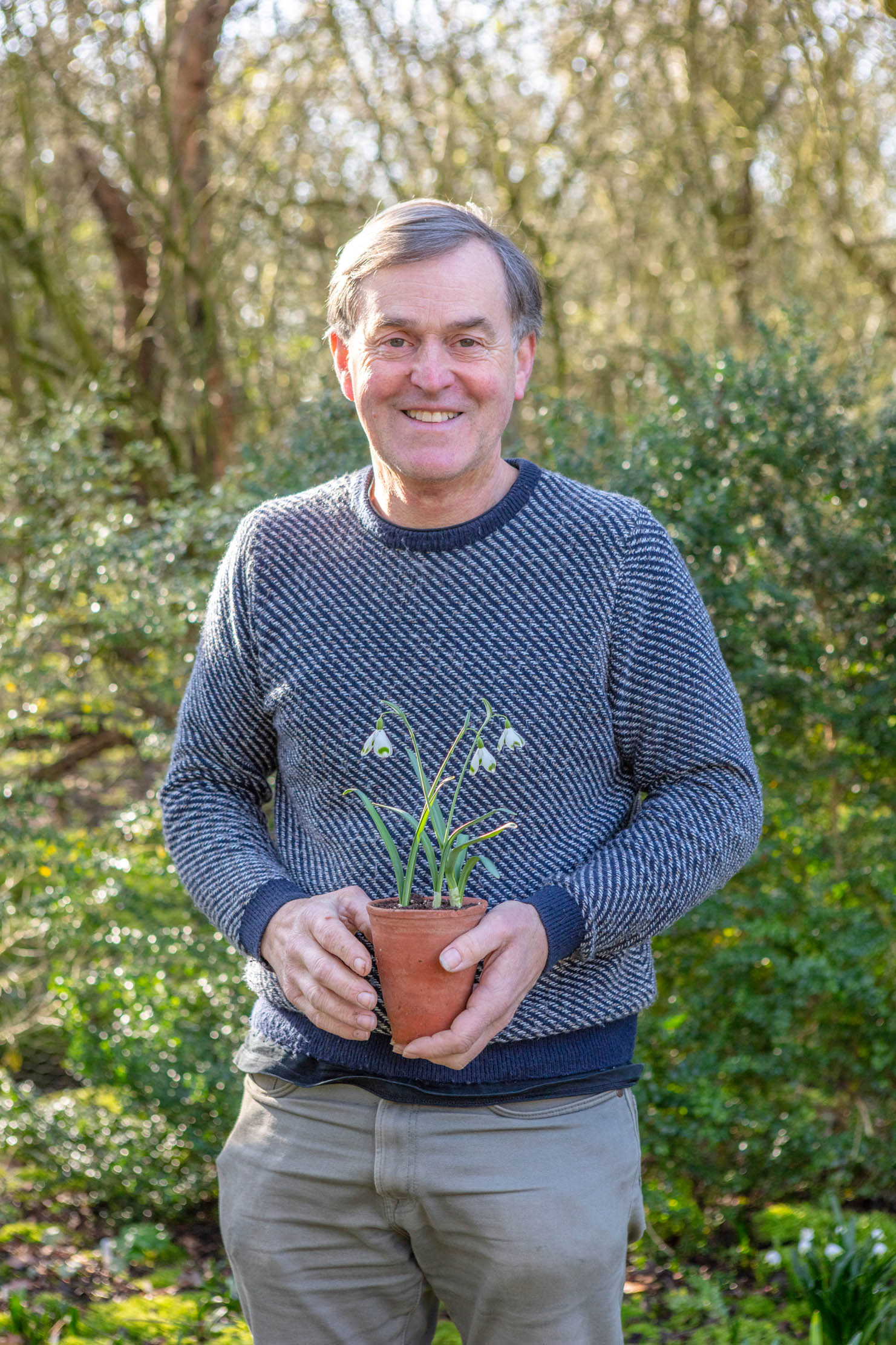
Gardening all but took over his life in his teens — he sold his first plants aged 18 — and formal training and ‘proper jobs’ in the horticultural industry followed. His own interests, however, always remained with the rare and curious — real plantsman’s plants — in which he was mentored by several great gardeners of the day.
It was in 1985 that his mother drew his attention to a clump of snowdrops with yellow markings (instead of the usual green) growing at the Cambridgeshire hill fort site of Wandlebury Ring. They proved to be an entirely new variant of Galanthus plicatus and Mr Sharman’s article about them in The Garden, naming the clone ‘Wendy’s Gold’, drew the attention of the then very small number of serious galanthophiles.
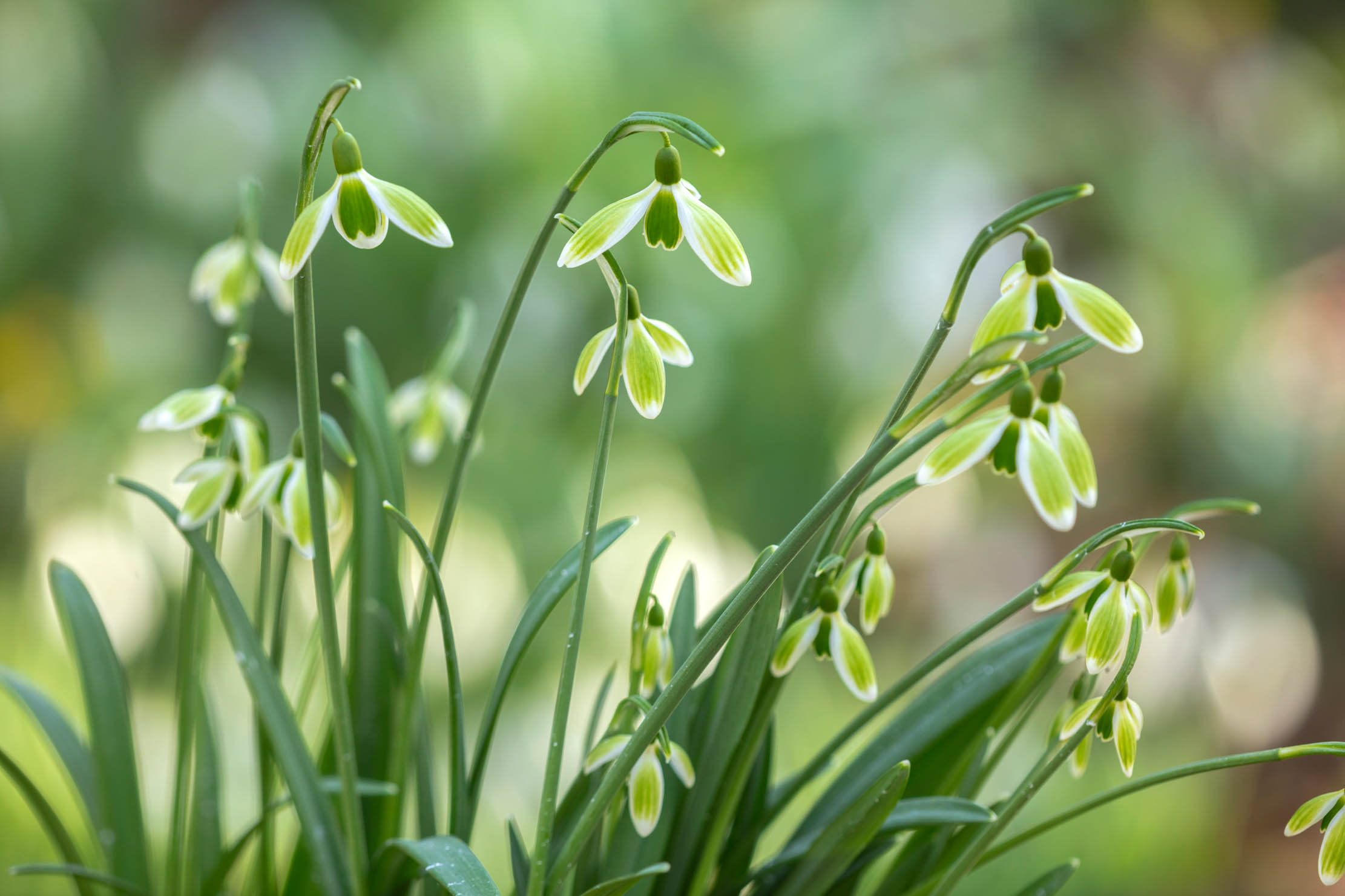
The basic pattern of a snowdrop flower is three large white petals surrounding a short skirt of three more petals marked with green. But they vary, so galanthophiles seek out variations from the norm. There is a long list of potential variations, but entry-level differences are simple and easily spotted. Flowers may be larger or smaller, rounder or narrower than normal. They may have more petals and be called double or the petals may have more or fewer of the green (or yellow) markings.
A fascination with the minute variations within snowdrops had developed in the late 19th century, after which the flame was carried on by a enthusiasts. In the 1980s, the circle was dominated by two splendid eccentrics in Oxfordshire, Primrose Warburg and Richard Nutt, long-term sparring partners who gave lavish ‘snowdrop lunches’ in February for those favoured enough to be invited. They took Mr Sharman under their wings — as, a few years later, they did me — and a new world opened up.
Exquisite houses, the beauty of Nature, and how to get the most from your life, straight to your inbox.
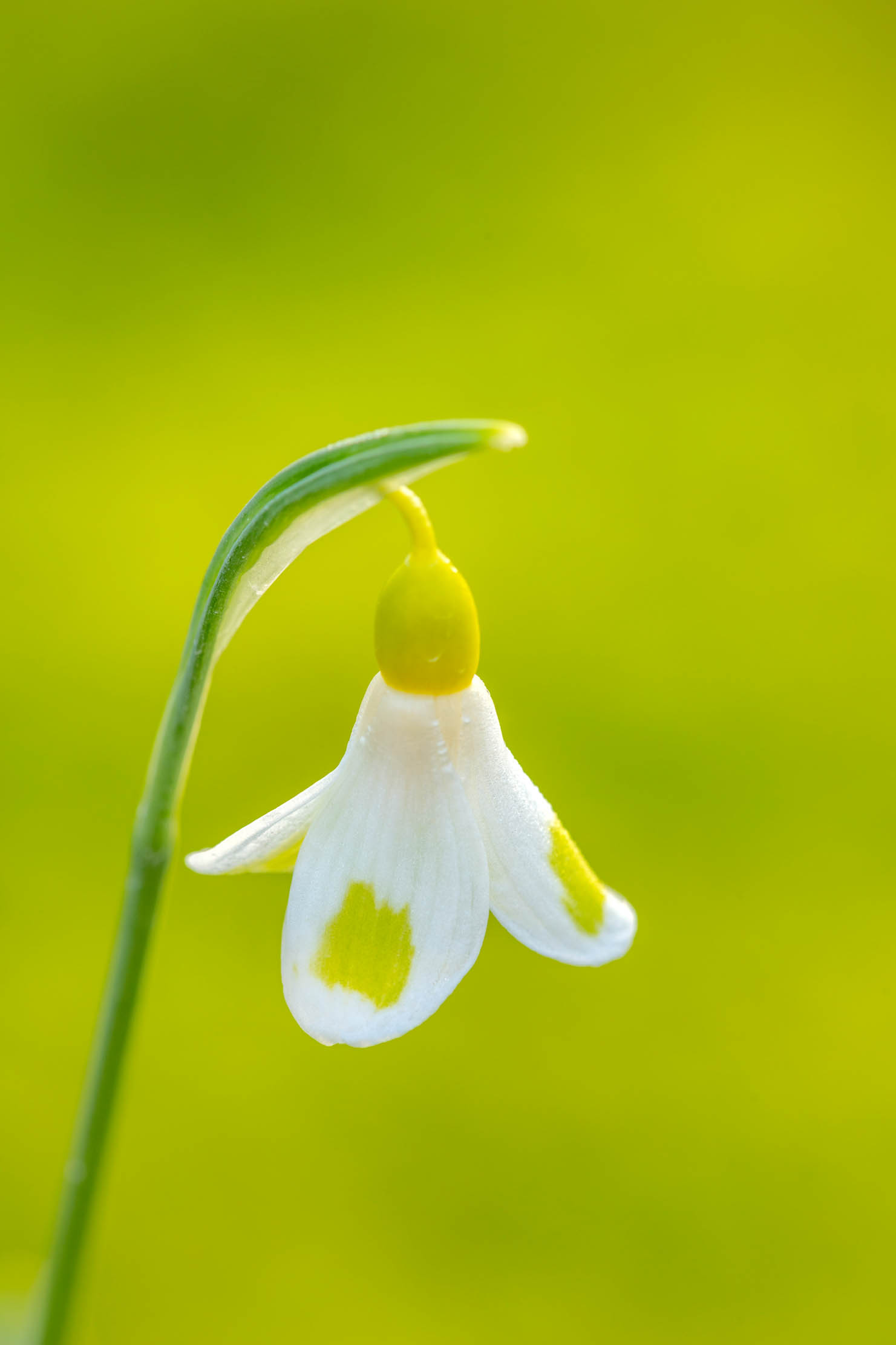
At that time, there were probably no more than 20 serious galanthophiles, but they were generous with their knowledge and plants and Mr Sharman’s collection soon filled out. He was still working for others back then, but, in 1989, he broke free and, with his business partner Alan Leslie, started Monksilver Nursery at Cottenham near Cambridge. It remains a source for unusual plants, garnered by both men’s keen eyes for the curious and interesting.
A transition took place in the late 1990s and early 2000s as snowdrops gradually and then suddenly became a major fashion within gardening. The social history of this ‘galanthomania’ has not yet been fully documented, but it was fuelled by the publication in 2002 of the monograph Snowdrops by Matt Bishop, Aaron Davis and myself, which described 500 distinct snowdrop cultivars. The fire was stoked by Mr Sharman himself, who organised the popular Galanthus Gala for about 15 years. This was a heady mix of lectures and plant sales, at which participants fought for the chance to acquire the latest treasures they’d just heard about.
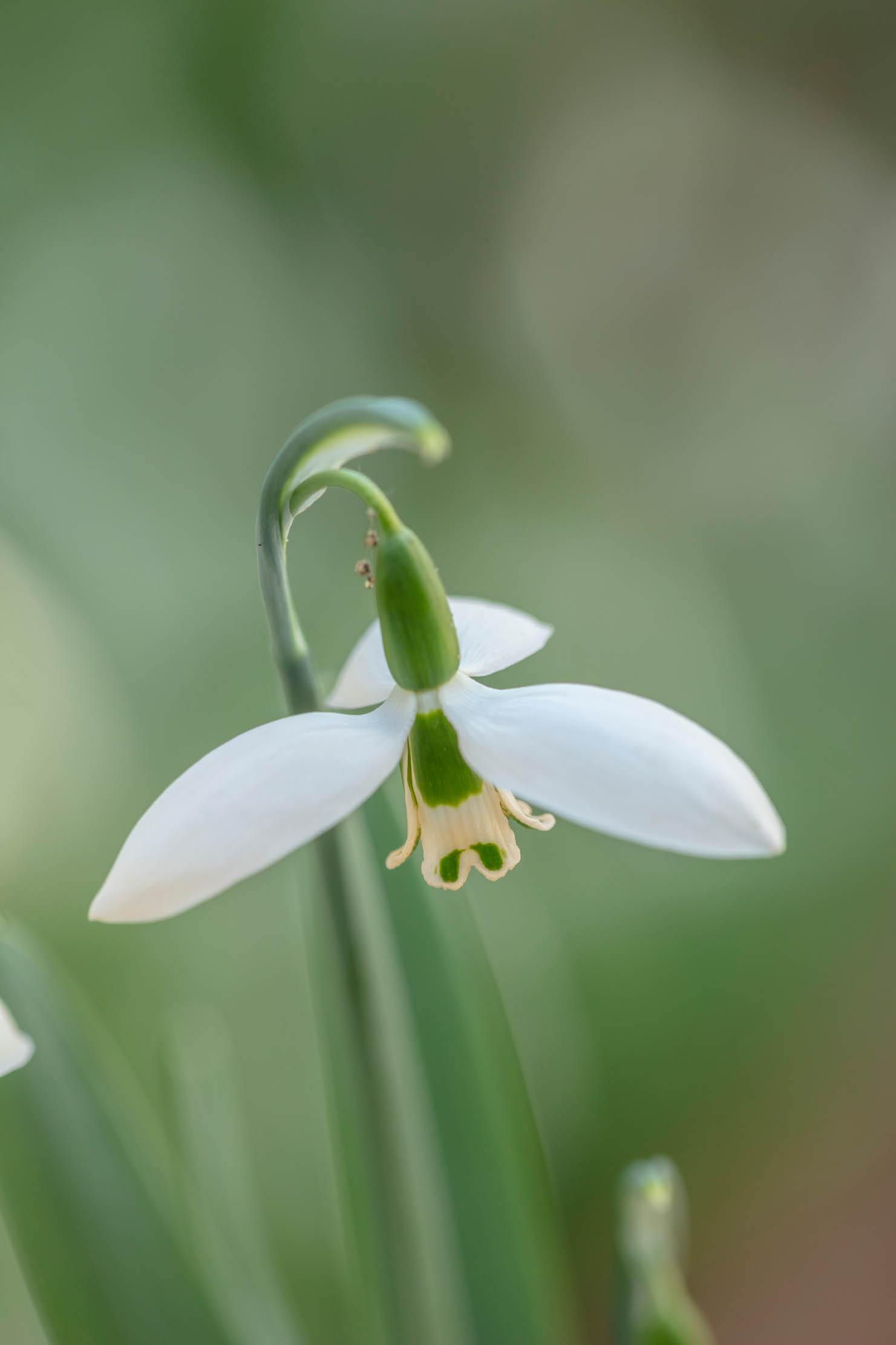
Prices of snowdrops rose and rose; it was a seller’s market to a competitive audience. Many gardens and growers took advantage of this, but the pack was led by Mr Sharman and Monksilver Nursery. The reason was simple; his well-honed eye and wide circle of contacts led him to acquire many desirable snowdrops first and, most importantly, he began breeding them before anyone else had even thought of it. Propagation by chipping the bulbs enabled stocks to be built up quickly and phased release of limited quantities, often via an Ebay auction, kept excitement high.
Far from being chaste little winter virgins, snowdrops are wildly promiscuous, crossing freely and producing multitudes of seedlings. To the breeder, this offers the possibility of exciting novelties, although the vast majority of the seedlings will be similar to their parents; some of the most desirable characters will only reappear in subsequent generations.
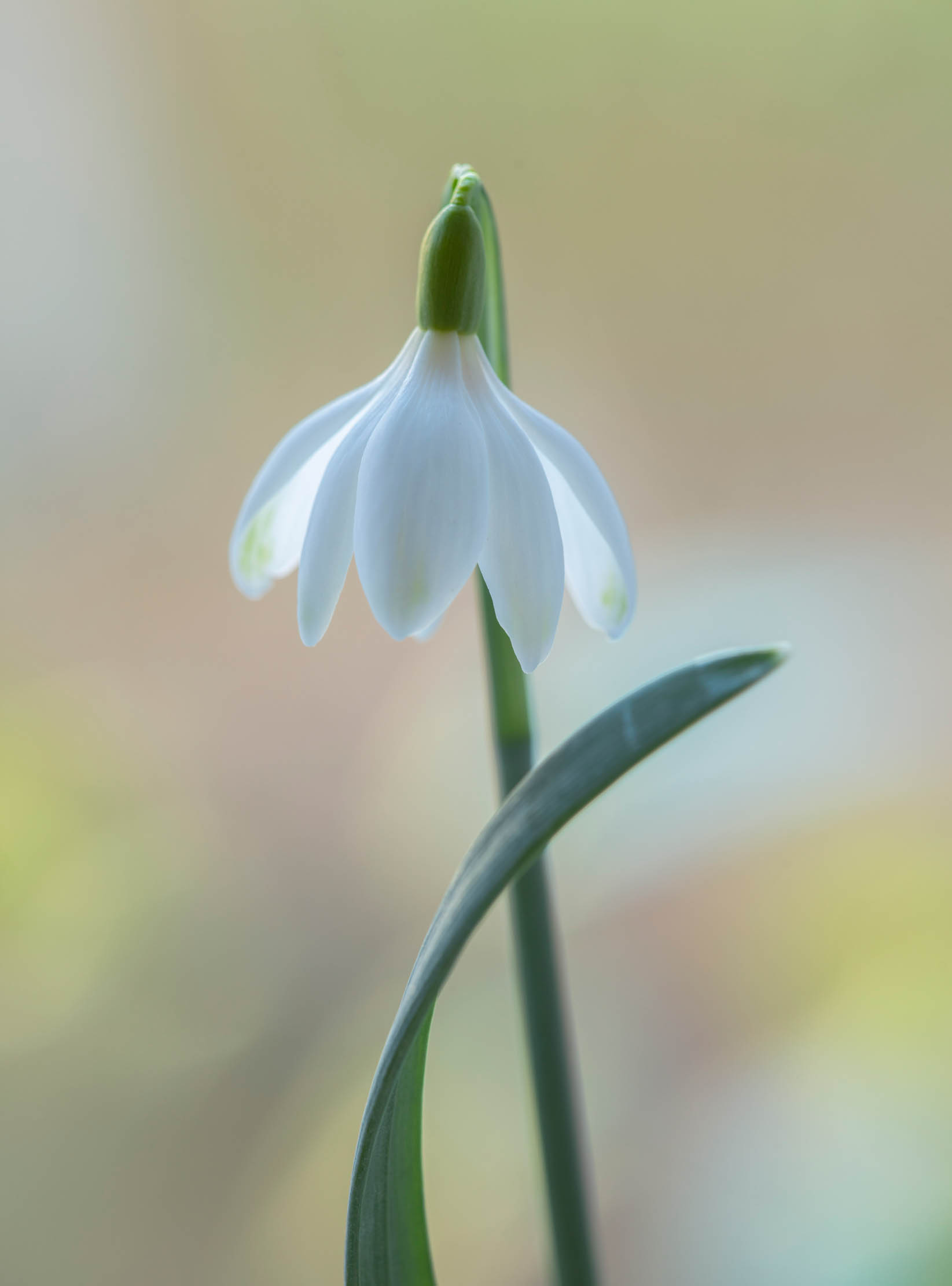
One of those characters is a flower form where there are two whorls of green-marked inner petals instead of the usual arrangement. The matriarch of this clan is called ‘Trym’, found in a Bristol garden in the 1970s, and one of Mr Sharman’s early breeding ambitions was to create a ‘yellow Trym’, so he crossed ‘Trym’ with ‘Wendy’s Gold’. The first generation gave him nothing but normally shaped, green-marked snowdrops. He then crossed some of these to a different yellow parent and, in that generation, the desired progeny appeared in the seedlings, 10 years after the first cross. Named ‘Golden Fleece’, it took a further eight years to bulk up enough stock before the first could be sold.
I well remember the excitement of watching the eBay auction come to its conclusion when a bulb of ‘Golden Fleece’ was offered in 2015. It was at the zenith of galanthomania and there were known to be some big-spending collectors. As the clock ticked down, the price began to rise, ending at the last moment with a bid of £1,390 (postage £4). ‘Golden Fleece’ — well named, one feels — remains the highest-priced snowdrop ever sold, but you can get one now from Monksilver for a mere £200.
The days of four-figure snowdrop prices are past and most good named clones will now be available in the £15–£20 price range, says Mr Sharman. But the urge to breed novelties is still there and pollination will be going on again this spring in that necessarily very secret Cambridgeshire location. Mr Sharman’s ambition is to breed a fully double ‘Trym’ and he knows the parents, in three different lineages, that he’ll use to get there. Beyond that, there’s the double yellow ‘Trym’…
Find our more about Joe's snowdrops at www.monksilvernursery.co.uk
Country Life is unlike any other magazine: the only glossy weekly on the newsstand and the only magazine that has been guest-edited by His Majesty The King not once, but twice. It is a celebration of modern rural life and all its diverse joys and pleasures — that was first published in Queen Victoria's Diamond Jubilee year. Our eclectic mixture of witty and informative content — from the most up-to-date property news and commentary and a coveted glimpse inside some of the UK's best houses and gardens, to gardening, the arts and interior design, written by experts in their field — still cannot be found in print or online, anywhere else.
